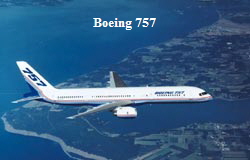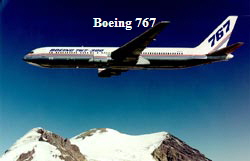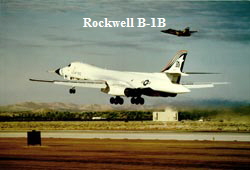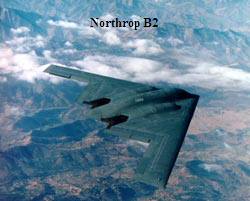|
|||||||
|
Beating the Competition Into the 1980’s and Beyond. Although good progress had been made, there were no new prime programs destined for Vought, and, with the phasing out of the A-7 aircraft program, the legacy of Chance Vought Aircraft, as a prime defense supplier, concluded. To fill that gap it became imperative that Manufacturing Operations turn completely to the subcontract market to provide the finances necessary to support the LTV Aeronautics Corporation. A good base existed with the Boeing 747 Aircraft Aft Section, Lockheed S3A Structures and the DC10 Horizontal Tail. The 747 structures were being produced at a lower cost than Boeing could. In winning these programs great experience had been gained with other prime contractors on what systems they used giving Vought the opportunity to choose what would work best for them. This gave Vought a “unique” niche by being a “subcontractor with prime capabilities”. In addition to automatic fastening, extensive development had been done in composite structures, five axis tape laying, CAD/CAM and other technologies in order to be with or ahead of the industry leaders. This knowledge, added to the ability to reduce and control costs, provided a great advantage in acquiring new business. With the goal of being the most competitive subcontractor management took another major action to reduce a cost proposal to the lowest point possible. Confident of the strong controls now functioning, lower initial production targets were established. This brought costs down significantly by achieving a much earlier point in time where ideal productivity would be reached. A new approach to the marketing of manufacturing capabilities and preparation of exemplary proposals was taken. The most talented people available were assigned to these proposals with the understanding that they would become the implementers upon contract award. In addition to designating an ‘inside’ leader for the team’s realistic and effective proposal plan; an ‘outside’ leader was named to interface with customers and vendors. Before the final proposals were submitted, they were critiqued by a stand alone “Red Team” with top management included. Boeing, Rockwell, Northrop, and Douglas aircraft companies were targeted for substantial subcontract packages. Boeing was concurrently developing two new airplanes, the 757 and the 767. Although international outsourcing was being emphasized, Vought bid and won contracts for production of the 767 Horizontal Tail Section, and the 757 Aft Section, Horizontal and Vertical Stabilizers . Both programs had long runs and were always profitable.
With the capture of these four major contracts Vought now dominated the aircraft subcontracting field. The programs expanded so rapidly (Chart 2) that by 1987 Vought Aero Products attained sales of over one billion dollars, which continued climbing well into the 1990s. Transition: Serious Vought Problems, 1958 - 1969 Major Actions Taken by Vought, 1969 - 1971 Beating the Competition Into the 1980’s and Beyond.
|




 Vought won two giant contracts on the new B-1B Bomber from Rockwell. Contract
Vought won two giant contracts on the new B-1B Bomber from Rockwell. Contract  Vought was a member of Northrop’s B2 Bomber team to engineer and fabricate a major B2 section. This resulted from Vought's extensive expertise in designing and manufacturing composite structure. Since the B2 was a super secret program, few people were aware of what was transpiring, but manufacturing had talented people involved during the design. After declassification there were few problems building the required structure. The program was a great financial success.
Vought was a member of Northrop’s B2 Bomber team to engineer and fabricate a major B2 section. This resulted from Vought's extensive expertise in designing and manufacturing composite structure. Since the B2 was a super secret program, few people were aware of what was transpiring, but manufacturing had talented people involved during the design. After declassification there were few problems building the required structure. The program was a great financial success.
 Douglas requested a bid on their new C-17 Cargo Airplane because of Vought’s reputation in the industry as reliable aft section producers. They also solicited a bid for C-17 nacelles aware of Vought's experience on the Canadair Jet Liner nacelles. Fortunately, a good relationship had been established with Douglas on the DC-10, and they were familiar with our automatic fastening expertise. Douglas rewarded the tremendous effort put forth on these proposals by awarding Vought both the aft fuselage section and the nacelle package.
Douglas requested a bid on their new C-17 Cargo Airplane because of Vought’s reputation in the industry as reliable aft section producers. They also solicited a bid for C-17 nacelles aware of Vought's experience on the Canadair Jet Liner nacelles. Fortunately, a good relationship had been established with Douglas on the DC-10, and they were familiar with our automatic fastening expertise. Douglas rewarded the tremendous effort put forth on these proposals by awarding Vought both the aft fuselage section and the nacelle package.